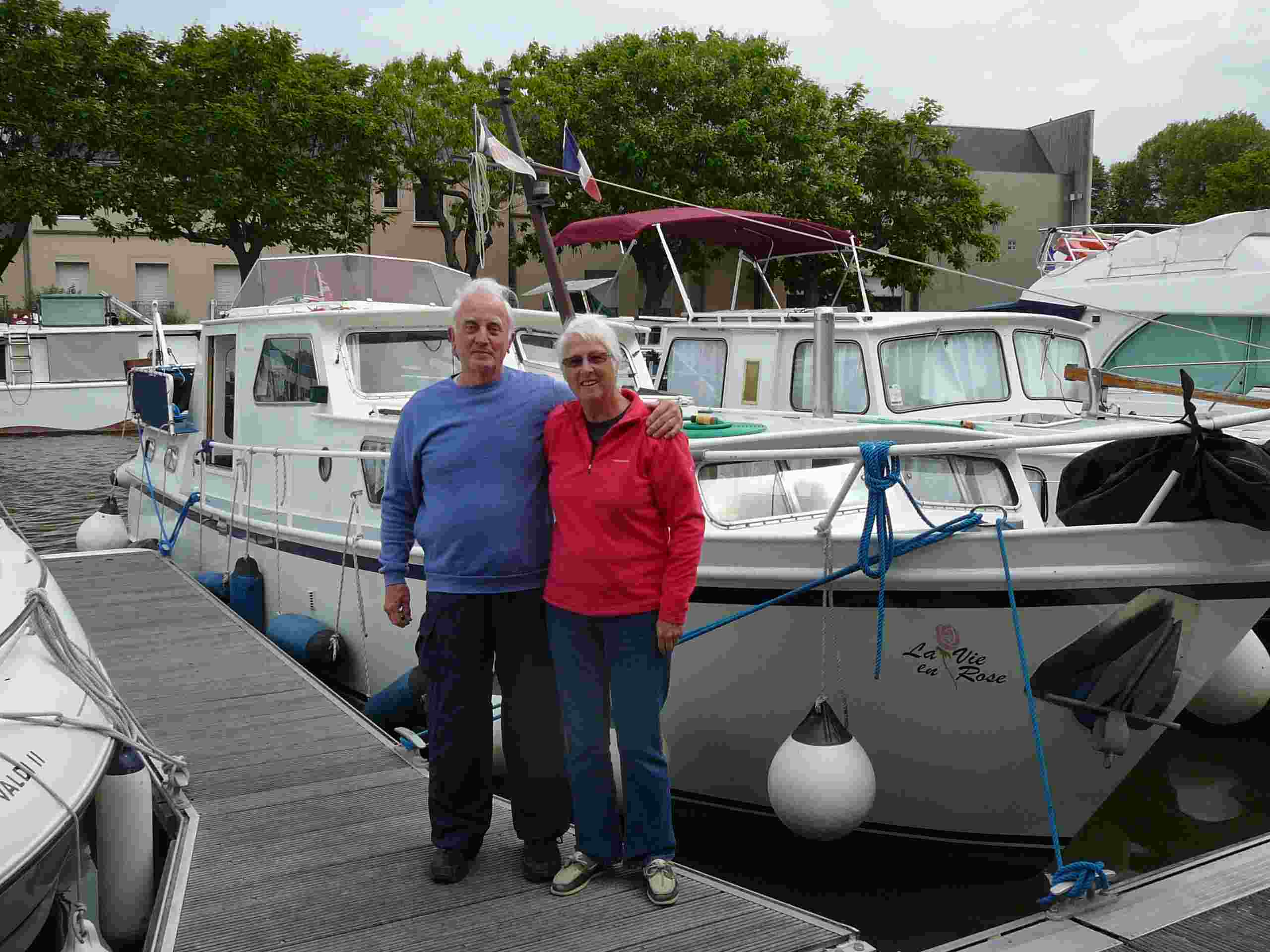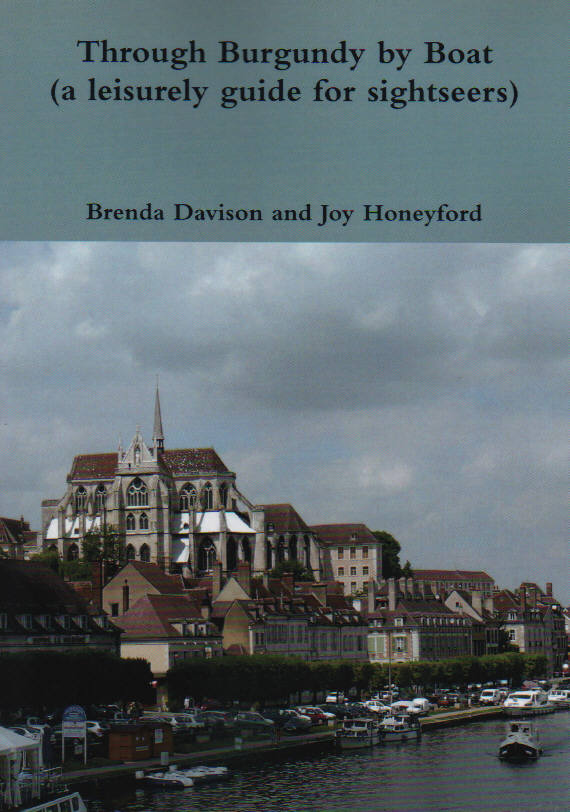Equipping your boat
The following equipment is mandatory:
- A life jacket for every member of the crew.
- A first aid kit.
- Safety equipment such as a life-ring, and/or horseshoe buoy, attached to a throwing line.
- At least two mooring lines each at least five metres long, and one at least the length of the boat.
- A boat hook.
- Certificate of registration of vessel.
- Ship’s radio licence (if you have a VHF radio)*.
- Vessel’s Insurance certificate, a translation into French would be useful.
- An adequate number of fire extinguishers** (e.g. above 35 ft. [15m] – 2 extinguishers), and a fire blanket.
- A horn to alert lock keepers of your approach and warn other boats where another waterway is joining, or near a ferry. You may see signs asking you to sound your horn.
- Passports for all non-French persons on board.
- A French courtesy flag to fly as well as your national ensign.
- An axe or a sharp knife for emergencies, e.g. cutting lines if you were ‘hung up’ in a lock.
- Searchlight for tunnels, and navigation lights.
- Bilge pump, or for smaller boats, a bucket.
- A fairlead at the front and anchor point for a towing line at the stern.
- A copy of the Euro Regs for Inland Waterways, and also a list of sound signals.
*A ships radio is useful in France for calling ahead to locks and communicating with other boats. If you are buying a new radio it would be wise to consider one that is ATIS (Automatic Transmission Identification System) equipped, as the European states have agreed that all inland navigating vessels should be of this type. Enforcement has been left to individual states and no deadlines have been set. By 2009 it was being enforced by Germany and Austria because of the very heavy commercial traffic on the Rhine-Danube link. In 2009 it was not being enforced for pleasure craft in either France or Belgium, although in Belgium all pleasure craft are required to have 2 VHF sets, one for intership communication and the other for communication with the navigation authorities. But if you have no intentions to travel beyond France there seem to be no plans for its introduction.
** A new law (2014) requires boats to have evidence of extinguishers having been checked every two years.
Holding tanks are not necessary in France but are obligatory in Holland and Belgium. All new boats are being fitted with them in France and all new ports de plaisance have pump out facilities.
Recommended equipment
- Relevant charts/guides for your area of cruising (Fluviacarte) and don't forget "Cruising the Inland Waterways of France and Belgium" (see bibliography).
- Your Eurpoean Health Insurance card.
- Spare fuel can with wide nozzle (for filling from bowser) and heavy duty trolley (for collecting fuel from filling station).
- Fenders
- Strong lines for mooring which are long enough to be used in deep locks. We would recommend 15 metres for use in locks with up to 5 metre rise and fall.
- Long water hose (25m or more) with multiple adaptors.
- At least one bicycle (folding to save space) for shopping, cycling ahead to locks etc.
- 2-3 good mooring stakes and a suitable mallet or lump hammer. (Inadequately fixed stakes may pull out when used in a situation where commercial barges pass and cause considerable wash.)
- A gangplank of at least 2 metres, to assist in getting ashore when moored to the bank.
- A large bucket on a long line.
- An anchor, chain and rope suitable for the size of the boat.
- Driving licence in case you wish to hire a car for sight-seeing or for one-way access to or from the airport. This will slip into your wallet more easily than your passport and serve as proof of identity to guarantee credit card payments at supermarket if requested.
General equipment
- A single engine of between 50 and 100 hp would be adequate for inland waterway cruising on a boat of 10-20m.
- Mains electricity (220 volts in France but UK appliances will work) is worth having on board as shore supplies are readily available in ports and marinas.
- A bimini or sunshade is recommended because it can get very hot in France, make sure it can fold to clear the bridges. Failing this a large parasol and some means of fixing it will do.






